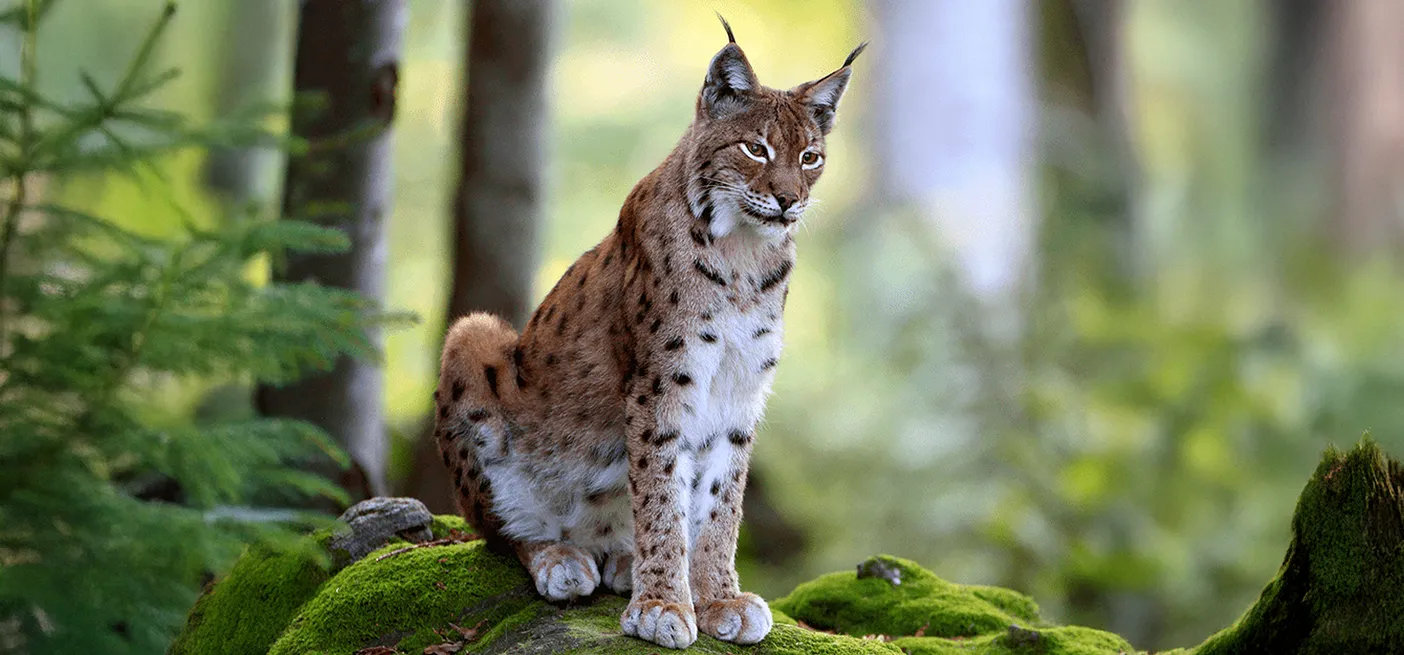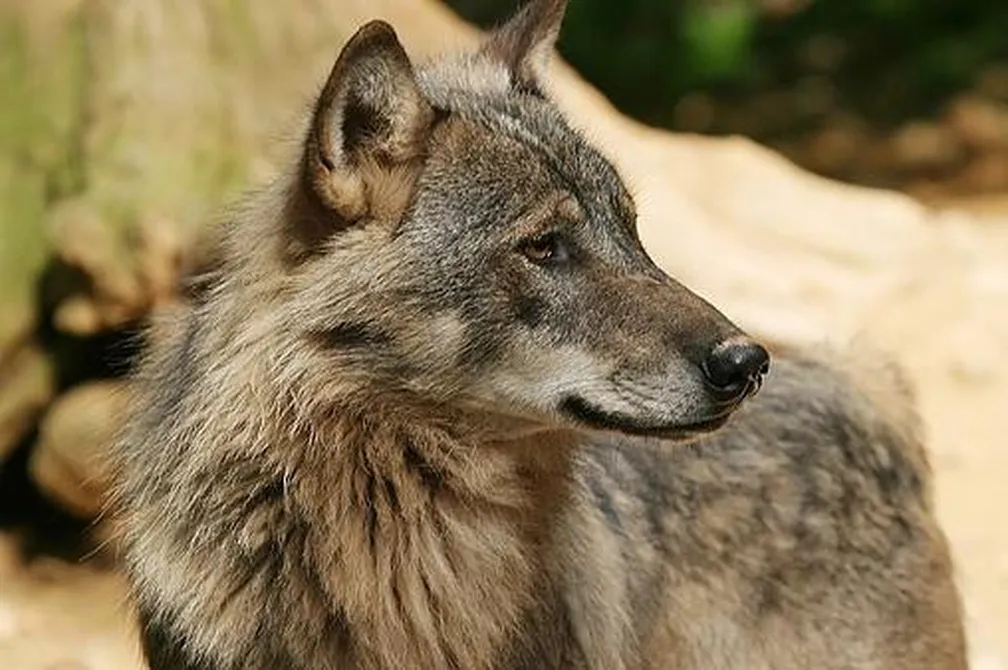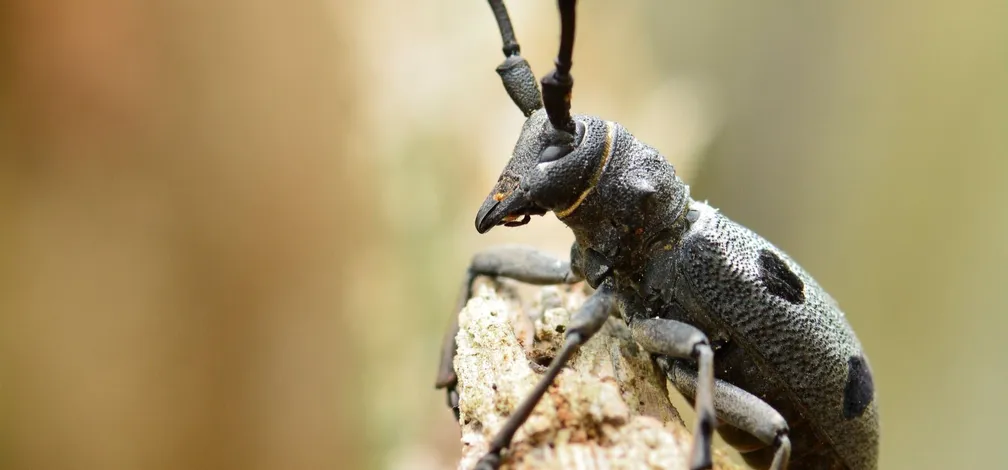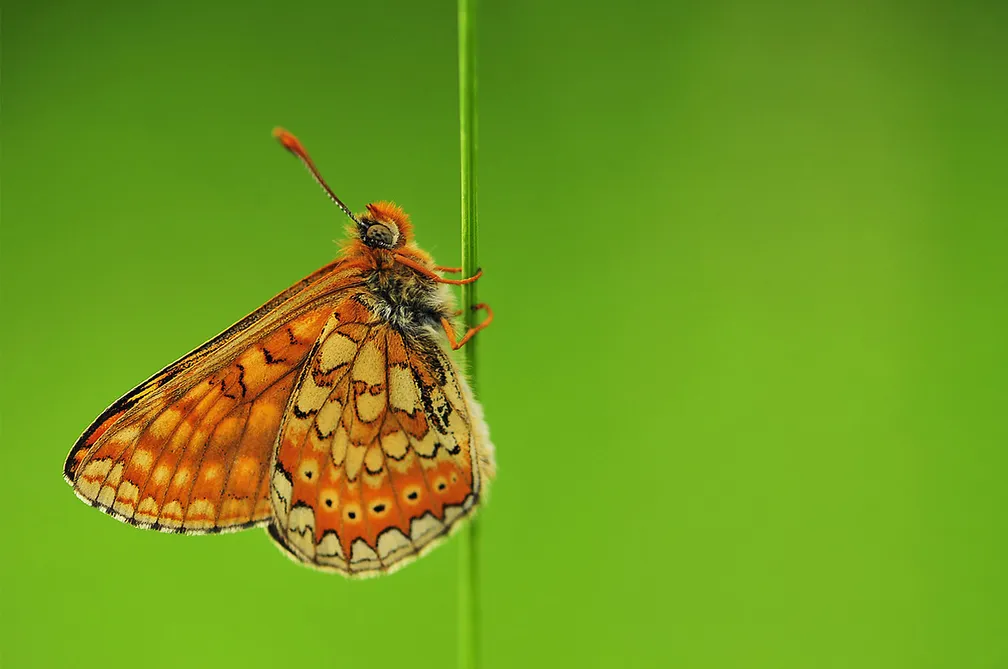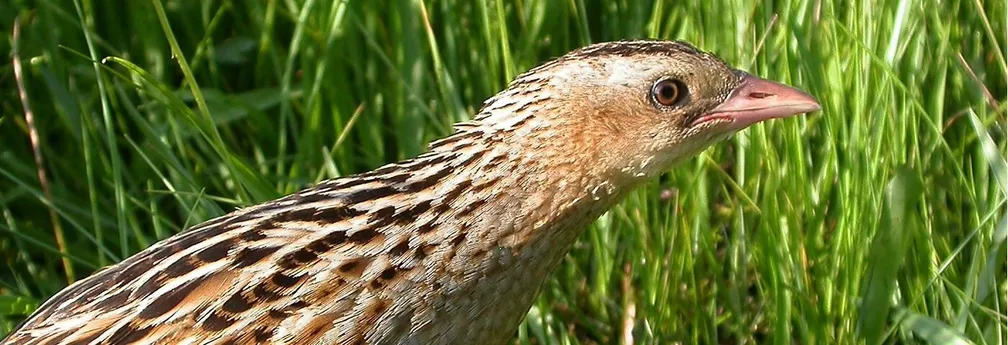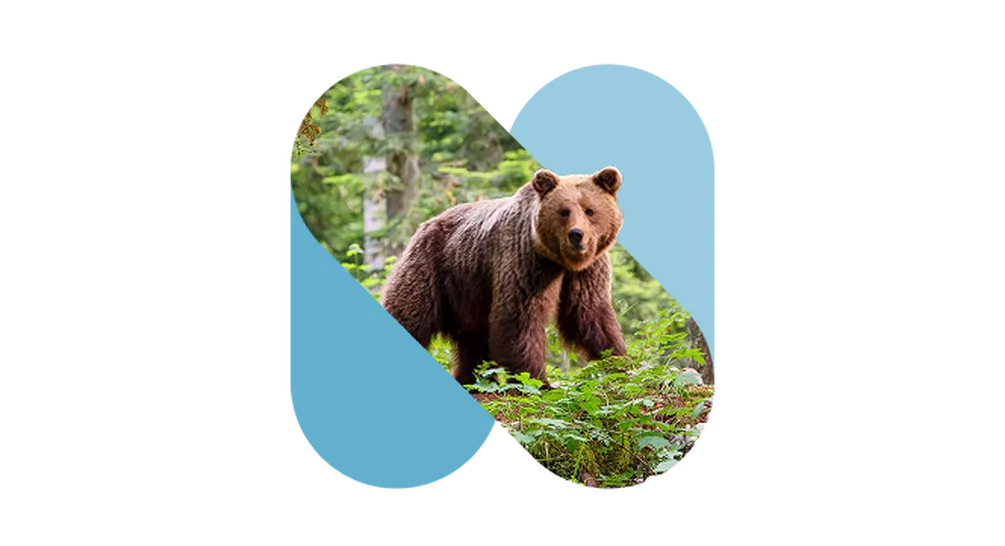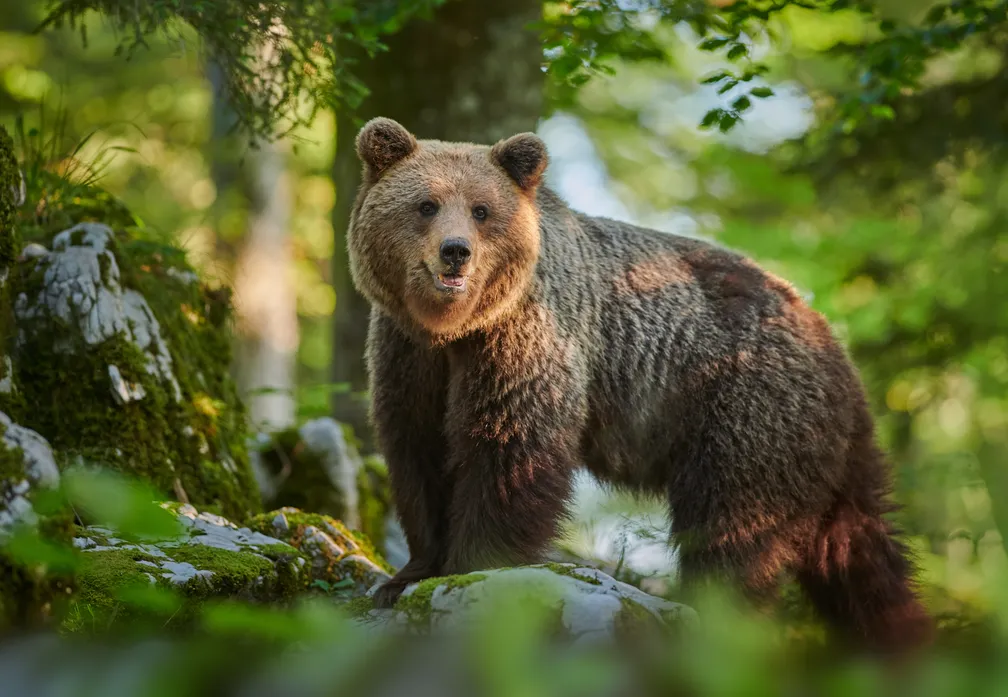
Life and Habits
The Eurasian lynx is a medium-sized wildcat belonging to the cat family (Felidae). It has a strong and athletic build, a short tail, and thick, brown fur with dark spots. Adults are typically between 80 and 130 centimetres in length and weigh between 10 and 30 kilograms, with females usually smaller than males. Their paws are equipped with sharp retractable claws, enabling efficient hunting.
Lynx – an exceptional hunter and an important member of the ecosystem
Its lifestyle is adapted to hunting at night, when it is most active. With an exceptionally developed sense of smell and hearing, the Eurasian lynx navigates forest environments, moving quietly and deftly. The lynx's key survival sense, however, is its vision.
Such remarkable hunting abilities led the lynx in much of western and central Europe to the brink of extinction in the early 20th century, especially due to interbreeding with hunters and livestock keepers, as well as due to the highly valued fur. In Slovenia we humans eradicated the lynx at the end of the 19th century, then reintroduced them in 1973. In the expansive Dinaric beech-fir forests there is enough food and quiet for its survival, but we must also grant them the basic right to life; the Eurasian lynx, together with wolf and bear, is an invaluable part of our forest ecosystem. Because it preys on herbivorous animals it is crucial for maintaining balance in the ecosystem.
Habitat and Daily Challenges
The Eurasian lynx is a solitary forest animal that mostly lives in rugged terrain where it can effectively hide among rocky crevices, fallen logs, trees and shrubs. The lynx inhabits diverse but predominantly forested habitats; in the Alps it can also be found around the forest edge. It is a territorial animal, where each individual has a relatively large territory that it marks with urine spraying, droppings, scratches on trees and rubbing of facial glands, leaving its pheromonal scent in the environment. Nevertheless, the areas where the Eurasian lynx lives are often threatened by habitat loss and fragmentation and excessive human influence (loss of prey base and poaching), which poses a serious threat to its survival. Conserving lynxes requires intensive cooperation among stakeholders and sustainable practices in nature management.
Lynx – its diet and feeding habits
The lynx is known for its specialized diet, which is based on hunting wild ungulates. Its hunting repertoire includes preying on various species of wildlife, such as roe deer, red deer, wild boars, and rabbits. In years of abundant beech mast and vole proliferation, these may also be an important part of the diet. Despite its predatory nature, the Eurasian lynx is quite selective regarding prey choice, as it focuses on weaker and more vulnerable individuals in the population. This selectivity plays a crucial role in maintaining a healthy population of game and thus preserving the ecosystems in which the lynx lives.
Reproduction and conservation of the species
Reproduction of lynxes occurs once a year, mainly in winter and early spring. Females reach sexual maturity at two years, while males are ready to mate somewhat later. Mating includes sniffing, scratching and vocalizing, which strengthens the bonds between partners. Pregnancy lasts about 70 days, after which the female gives birth to a litter of cubs, which are born blind. For the successful development of the small lynx population in our country, reducing human impact in denning areas is crucial for the conservation of the species.
Reproduction
Reproduction of lynxes occurs once a year, mainly in winter and early spring. Females reach sexual maturity at two years, while males are ready to mate somewhat later. Mating includes sniffing, scratching and vocalizing, which strengthens the bonds between partners. Pregnancy lasts about 70 days, after which the female gives birth to a litter of cubs, which are born blind. For the successful development of the small lynx population in our country, reducing human impact in denning areas is crucial for the conservation of the species.
Return of the Lynx to Slovenia
In 1973 hunters and foresters brought to Slovenia and reintroduced 6 lynxes from Slovakia. The introduction was successful and the lynxes soon spread to neighboring countries (Croatia, Bosnia and Herzegovina and even Italy and Austria), while the remaining individuals are isolated from other lynx populations in Europe. By 1986 the lynx population in Slovenia was increasing. Unfortunately, after several decades the population began to decline. The main reasons are inbreeding or mating within related individuals and random fluctuations in gene frequency (genetic drift). To remedy the population, urgent measures are needed for genetic refreshment and enrichment of the existing population and to improve connectivity with other lynx populations, especially with the Alpine ones. Since 1993 the lynx is a legally protected species in Slovenia, as the lynx is a symbol of the Dinarides, just as the tiger is a symbol of Asia.
The most famous Slovenian lynxes
As part of the LIFE Lynx project, since 2017, 17 lynxes have been released into the wild; six in Croatia and eleven in Slovenia. In Slovenia, six of these lynxes were released in the Slovenian Alps region, and five in the Dinarides. All introduced lynxes wear GPS telemetry collars at release, which help determine how the lynxes integrate into the population. The aim of the project is to include 14 animals into the population. As part of the Life Lynx project, which aims to conserve the lynxes. One of the introduced lynxes – Maks – even got his own book.
Distribution of the lynx in Notranjska Regional Park
Notranjska Regional Park is two-thirds forested, with forests spanning across Javorniki and Snežnik, part of one of the largest forest complexes in Europe. The Eurasian lynx is a permanent presence in Notranjska Regional Park, with core areas on Javorniki and Menisija. Since lynx territories are large and typically extend beyond the park boundaries, and since the population has declined in the past, the number of animals in Notranjska Regional Park is relatively small. Nevertheless, with the reintroduction of animals in recent years the population is increasing, and each year we also record some females and cubs.
Preservation of lynxes in this environment requires the cooperation of various stakeholders, including nature conservation professionals, biologists and foresters, and local communities. Monitoring their distribution and promoting sustainable practices in nature management remain key aspects for conserving this endangered species in Notranjska Regional Park.
